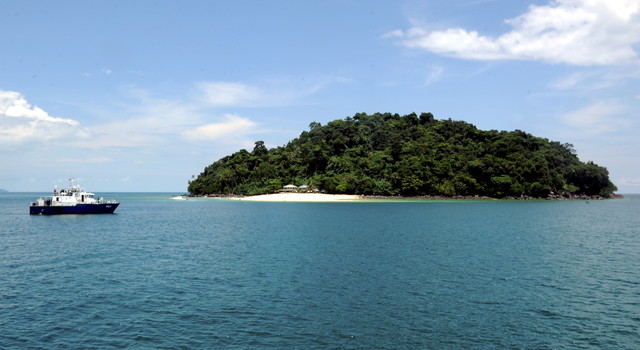
KUCHING, June 29 (NNN-BERNAMA) — The Sarawak government has allocated RM70 million to the Sarawak Forestry Corporation (SFC) for implementing the Sarawak Reef Ball Project (SRBP) as part of its marine conservation initiatives, said Chief Minister Datuk Patinggi Abang Johari Tun Openg.
He said the project, which kicked off in 2018, aims to deploy 17,200 reef balls along the coastline of Sarawak, stretching from Tanjung Datu on the southern tip of the state to Lawas, its northern most district.
“This will improve the local community’s livelihood by enhancing marine resources and protect their fishing grounds from illegal trawling activities,” he said in a statement issued by SFC today in conjunction with a ceremony to deploy 1,200 reef balls by him at the Muara Tebas-Sebuyau coastal waters near here.
The ceremony, held as a low-key event in adherence to the Recovery Movement Control Order (RMCO), was also attended by Deputy Chief Minister Datuk Amar Awang Tengah Ali Hasan, Urban Development and Resources Assistant Minister Datuk Len Talif Salleh, State Secretary Datuk Jaul Samion and SFC chief executive officer Zolkipli Mohamad Aton.
“The Sarawak Reef Ball project is an exemplary conservation project that has not only benefited the marine wildlife and ecosystem, particularly the turtles, but it has proven to improve the livelihood of local fishermen,” said Abang Johari, who is also SFC chairman.
Abang Johari said the success of the project was evident in the waters of Sematan on Sarawak’s southern side and Belawai in the state’s central region, where the amount of catch had increased after the reef balls had been deployed.
So far, SFC has placed 600 units of reef balls in the Belawai-Paloh coastal waters, 600 units in the Lawas waters and 1,200 units in the Igan-Mukah water region, while the deployment works for these artificial reefs in the Muara Tebas-Sebuyau waters would be completed in a week.
“As we progressively keep Sarawak’s coastal waters away from illegal trawlers, marine species would be able to grow and reproduce and local fishermen living along the shores can have better catch and income,” he added.





